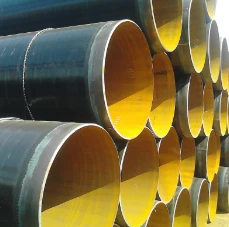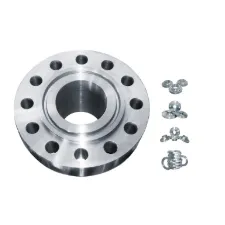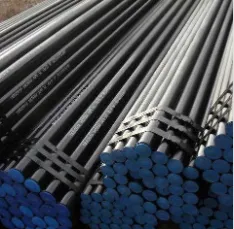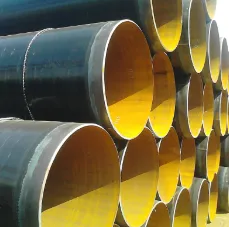

Furthermore, the robust mechanical properties of 321 stainless steel offer a remarkable balance of tensile strength, toughness, and ductility. Its ability to endure heavy mechanical stress makes it a fitting choice for applications requiring durable yet flexible systems. This versatility has made 321 stainless steel pipes a preferred option in the construction of high-pressure vessels, superheater tubes, and even in the automotive sector for high-performance exhaust systems that demand long-lasting materials. From a manufacturing perspective, 321 stainless steel presents considerable benefits in welding. The addition of titanium reduces the risk of weld decay—a common issue in unstabilized stainless steels—enabling the pipes to perform effectively even after several welding cycles. This feature benefits industries reliant on continuous, seamless construction such as the food processing and nuclear sectors, where welding integrity is a pivotal concern. When deliberating the environmental impact and maintenance needs of industrial equipment, choosing materials that ensure efficiency and sustainability is vital. 321 stainless steel pipe fulfills both criteria. Its durability reduces the frequency of repairs and replacements, contributing to reduced resource consumption and waste, dovetailing neatly with today's eco-conscious industrial approaches. In conclusion, the strategic implementation of 321 stainless steel pipes in industrial applications underscores their significance in promoting reliability, safety, and efficiency. Their unparalleled resistance to heat, corrosion, and mechanical stresses, combined with superior welding capabilities, make them an invaluable asset across various sectors. Decision-makers seeking trustworthy solutions that uphold structural integrity while ensuring longevity should indeed consider 321 stainless steel pipes as a key component in their infrastructure arsenal. Choosing such a high-caliber material not only enhances operational performance but also assures stakeholders of the enduring quality underscored by advanced metallurgical innovation.
Post time: فوریه . 10, 2025 10:09















